
Permutation and CombinationQuestion and Answers: Page 7
Question Number 151828 Answers: 2 Comments: 0
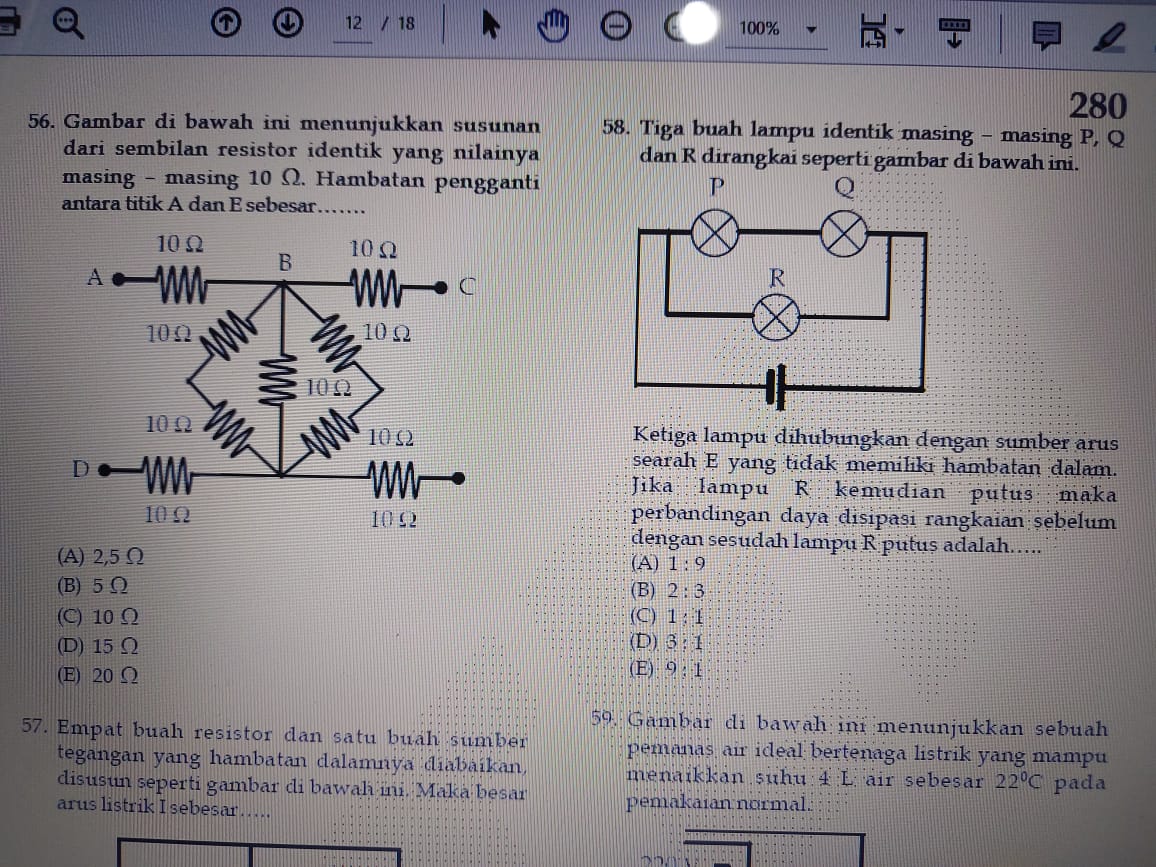
Question Number 151823 Answers: 2 Comments: 0
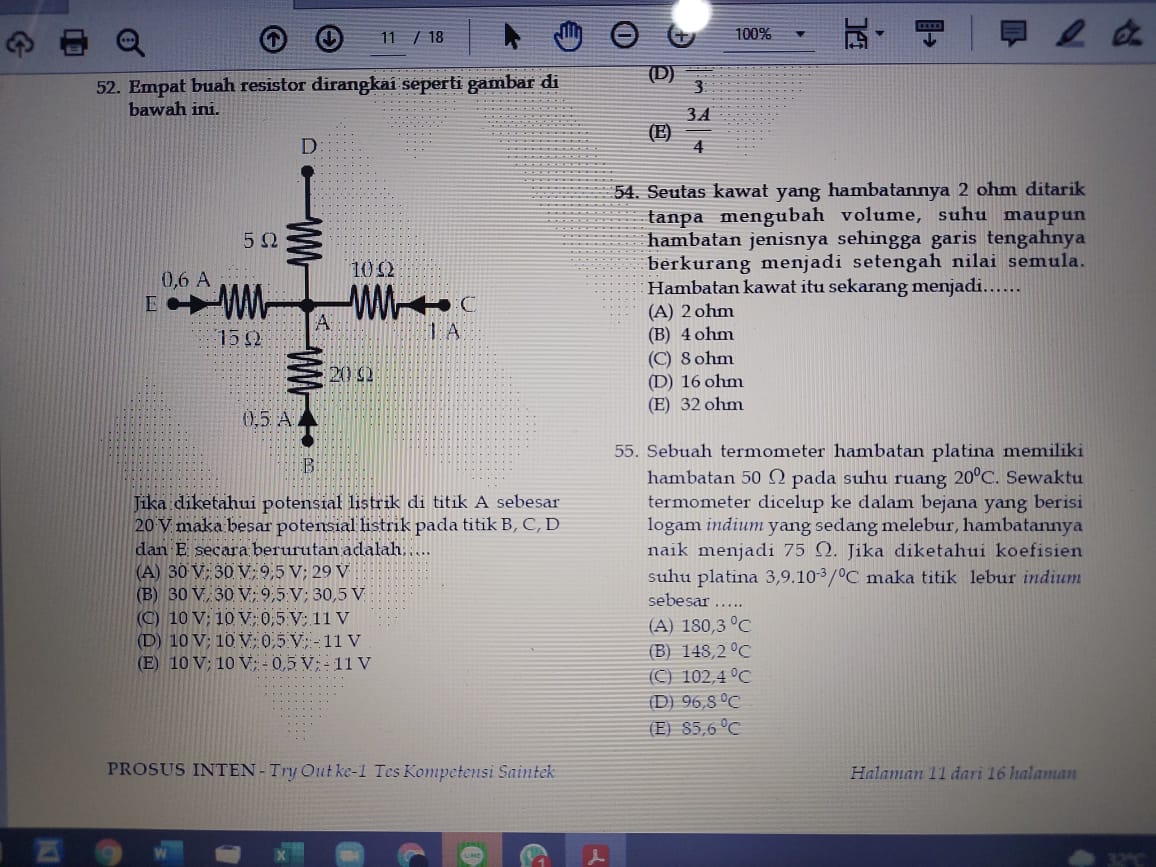
Question Number 151615 Answers: 1 Comments: 0
Question Number 151485 Answers: 1 Comments: 0
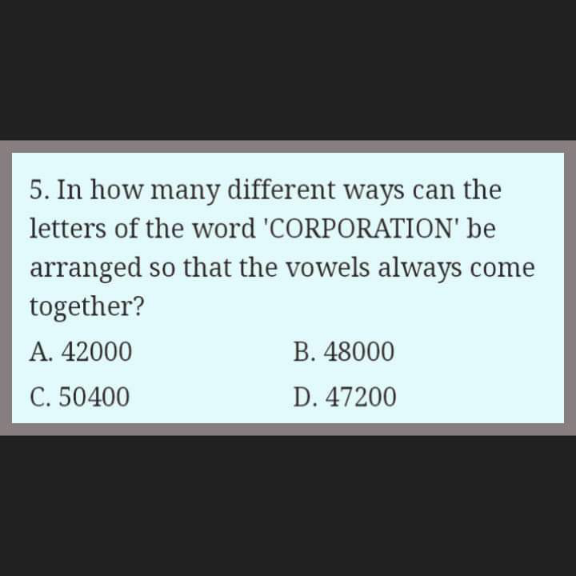
Question Number 150859 Answers: 0 Comments: 0
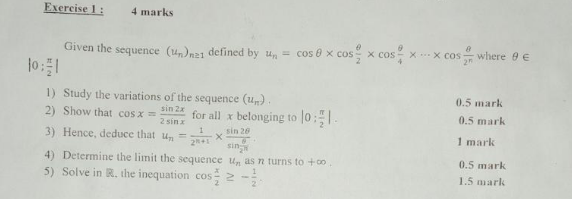
Question Number 150554 Answers: 1 Comments: 0
Question Number 149955 Answers: 1 Comments: 0
Question Number 149595 Answers: 2 Comments: 1
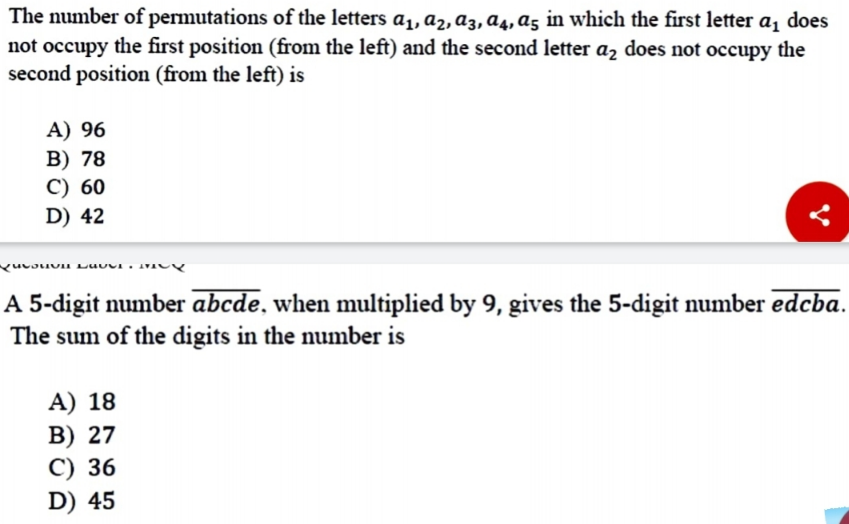
Question Number 149439 Answers: 1 Comments: 1

Question Number 149437 Answers: 1 Comments: 1

Question Number 148835 Answers: 1 Comments: 0
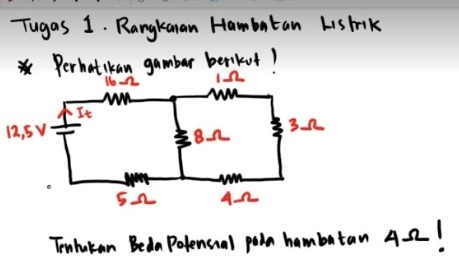
Question Number 148092 Answers: 1 Comments: 0
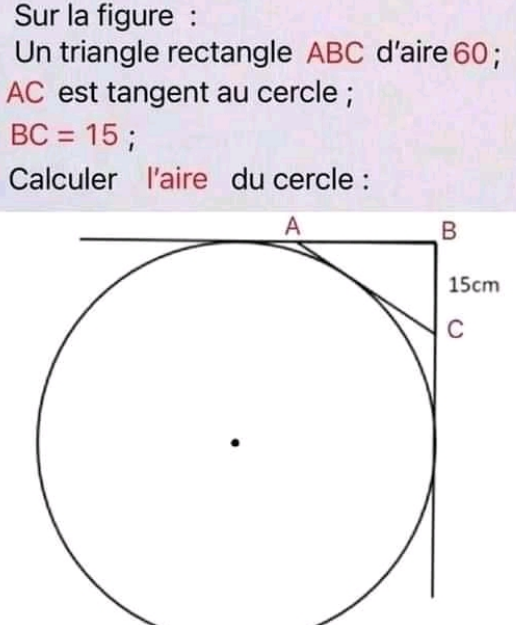
Question Number 147914 Answers: 0 Comments: 0
Question Number 147876 Answers: 1 Comments: 0

Question Number 147654 Answers: 0 Comments: 1
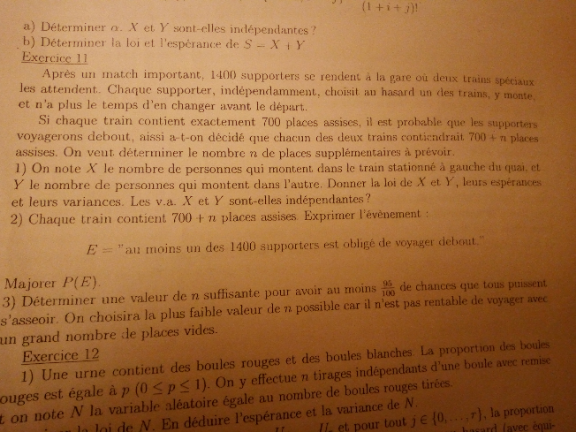
Question Number 147524 Answers: 0 Comments: 5
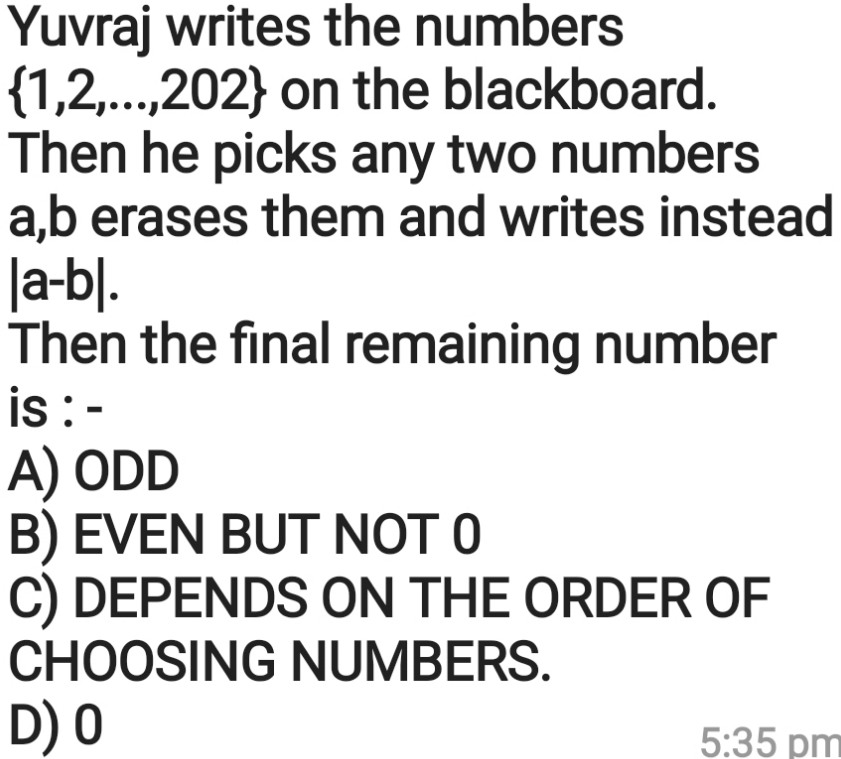
Question Number 146824 Answers: 1 Comments: 0
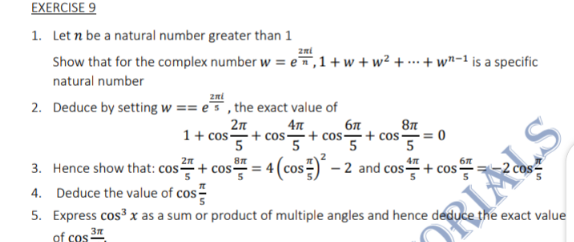
Question Number 145944 Answers: 1 Comments: 1
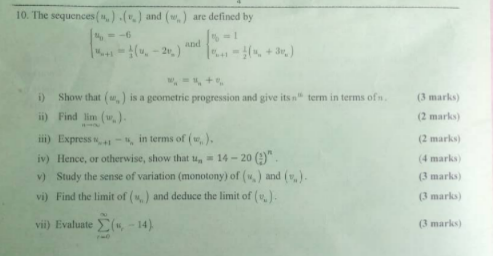
Question Number 145863 Answers: 1 Comments: 0
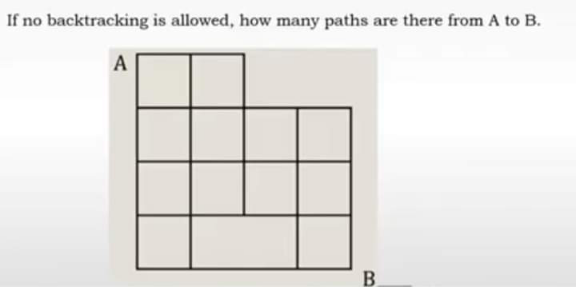
Question Number 145104 Answers: 1 Comments: 0
Question Number 143740 Answers: 1 Comments: 0
Question Number 143627 Answers: 2 Comments: 0
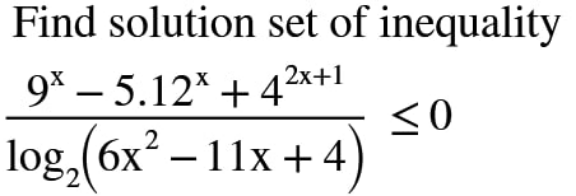
Question Number 143462 Answers: 3 Comments: 0
Question Number 142904 Answers: 1 Comments: 0
Question Number 142765 Answers: 1 Comments: 1
Question Number 142691 Answers: 1 Comments: 1
